The NVIDIA GeForce GTX 980 Ti Review
by Ryan Smith on May 31, 2015 6:00 PM ESTMeet The GeForce GTX 980 Ti
Like the rest of NVIDIA’s high-end cards in this generation, the reference GeForce GTX 980 Ti is launching with NVIDIA’s standard metal cooler. This design has served NVIDIA well since the launch of the GTX Titan in 2013 and continues to be the blower design to beat the high end, easily handling the 250W TDP of NVIDIA’s high-end cards without generating a ton of noise in the process.
As with so many other aspects of the GTX 980 Ti, the GTX 980 Ti’s cooler and build is a near-copy of the GTX Titan X. The only difference in the cooler is the paint job; GTX Titan X got a unique black paint job, while GTX 980 Ti gets the more standard bare aluminum finish with black lettering and a black-tinted polycarbonate window.
Otherwise there’s very little to be said about the GTX 980 Ti’s design that hasn’t been said before, so we’ll just recap what we said about the cooler design from our review of the GTX Titan X.
For GTX 980 Ti, NVIDIA has opted to leave well enough alone, having made virtually no changes to the shroud or cooling apparatus. And truth be told it’s hard to fault NVIDIA right now, as this design remains the gold (well, aluminum) standard for a blower. Looks aside, after years of blowers that rattled, or were too loud, or didn’t cool discrete components very well, NVIDIA is sitting on a very solid design that I’m not really sure how anyone would top (but I’d love to see them try).
In any case, our favorite metal shroud is back once again. Composed of a cast aluminum housing and held together using a combination of rivets and screws, it’s as physically solid a shroud as we’ve ever seen. The card measures 10.5” long overall, which at this point is NVIDIA’s standard size for high-end GTX cards.
Drilling down we have the card’s primary cooling apparatus, composed of a nickel-tipped wedge-shaped heatsink and ringed radial fan. The heatsink itself is attached to the GPU via a copper vapor chamber, something that has been exclusive to NVIDIA’s 250W cards and provides the best possible heat transfer between the GPU and heatsink. Meanwhile the rest of the card is covered with a black aluminum baseplate, providing basic heatsink functionality for the VRMs and other components while also protecting them.
Finally at the bottom of the stack we have the card itself, complete with the GM200 GPU, VRAM chips, and various discrete components. The GM200 PCB places the GPU and VRAM chips towards the front of the card, while the VRMs and other discrete components occupy the back. As with the GTX Titan X, GTX 980 Ti features NVIDIA’s reworked component placement to improve airflow to the discrete components and reduce temperatures, along with employing molded inductors.
NVIDIA once again employs a 6+2 phase VRM design, with 6 phases for the GPU and another 2 for the VRAM. This means that GTX 980 Ti has a bit of power delivery headroom – NVIDIA allows the power limit to be increased by 10% to 275W – but hardcore overclockers will find that there isn’t an extreme amount of additional headroom to play with. Based on our sample the actual shipping voltage at the max boost clock is a bit higher than GTX Titan X, coming in at 1.187v, so in non-TDP constrained scenarios there is some additional headroom through overvolting, up to 1.23v in the case of our sample.
In terms of overall design, unlike GTX Titan X and its 24 VRAM chips, for the GTX 980 Ti NVIDIA only needs to use 12 VRAM chips to get the card’s 6GB of VRAM, so all of the VRAM is located at the front of the card. Halving the RAM capacity simplifies the card a bit – there are now no critical components on the back – and it brings down the total VRAM power consumption slightly. However despite this, NVIDIA has not brought back the backplate from the GTX 980, having removed it on the GTX Titan X due to the VRAM chips it placed on the rear.
Moving on, in accordance with GTX 980 Ti’s 250W TDP and the reuse of the metal cooler, power delivery for the GTX 980 Ti is identical to its predecessors. This means a 6-pin and an 8-pin power connector at the top of the card, to provide up to 225W, with the final 75W coming from the PCIe slot.
Meanwhile display I/O follows the same configuration we’ve seen on the rest of the high-end GTX 900 series. This is 1x DL-DVI-I, 3x DisplayPort 1.2, and 1x HDMI 2.0, with a total limit of 4 displays. In the case of GTX 980 Ti the DVI port is somewhat antiquated at this point – the card is generally overpowered for the relatively low maximum resolutions of DL-DVI – but on the other hand the HDMI 2.0 port is actually going to be of some value here since it means GTX 980 Ti can drive a 4K TV. Meanwhile if you have money to spare and need to drive more than a single 4K display, GTX 980 Ti also features a pair of SLI connectors for even more power.
Finally, taking a look at the long term, I wanted to quickly hit upon the subject of the VRAM capacity difference between the GTX 980 Ti and the GTX Titan X. Essentially NVIDIA’s only remaining selling point for the GTX Titan X, the Titan will remain their only 12GB card for some time to come. For NVIDIA this means that they can pitch the GTX Titan X as a more future-proof card than the GTX 980 Ti, as it would be hard-pressed to run out of VRAM.
The question for the moment then is whether 12GB is worth a higher premium, let alone the GTX Titan X’s $350 premium. The original GTX Titan by comparison was fortunate enough to come out with 6GB right before the current-generation consoles launched, and with them their 8GB memory configurations. This lead to a rather sudden jump in VRAM requirements in games that the GTX Titan was well positioned to handle, whereas GTX 780 Ti and its 3GB of VRAM can struggle in the very latest games at 4K resolutions. Much like 6GB in 2013, 12GB is overkill in 2015, all the while 6GB is a more practical amount for a 384-bit card at this time.
But to answer the question at hand, unlike the original GTX Titan, I suspect 12GB will remain overkill for a much longer period of time, especially without a significant technology bump like the consoles to drive up VRAM requirements. And consequently I don’t expect GTX 980 Ti to have any real issues with VRAM capacity in games over the next couple of years, making it better off than the GTX 780 Ti, relatively speaking.


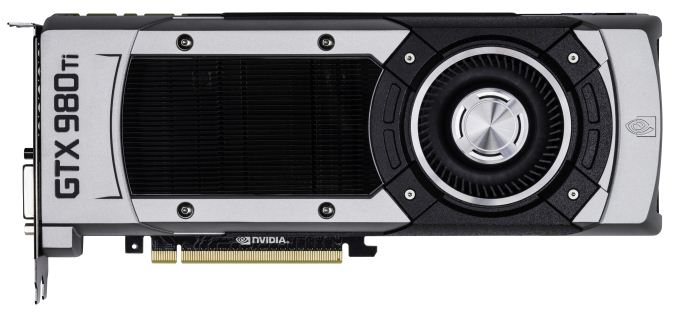
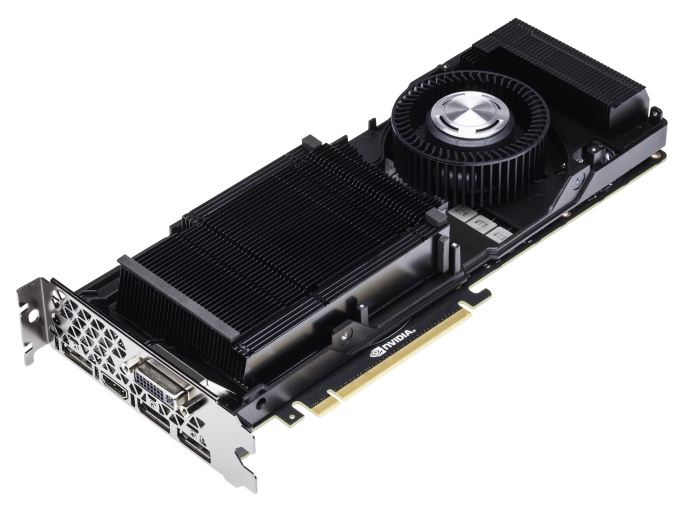
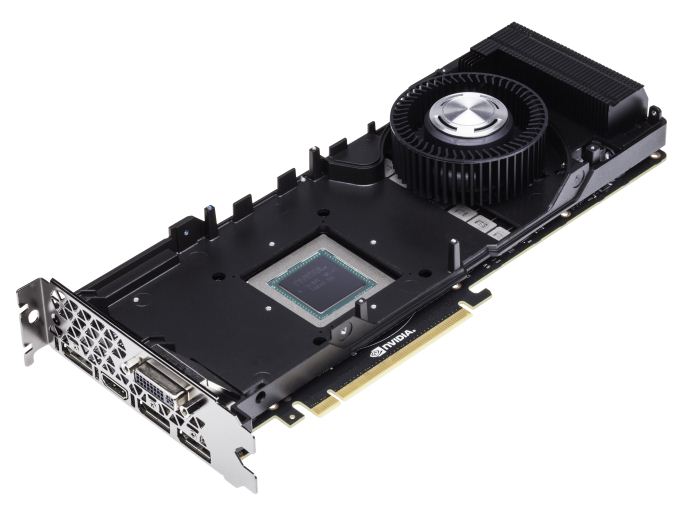
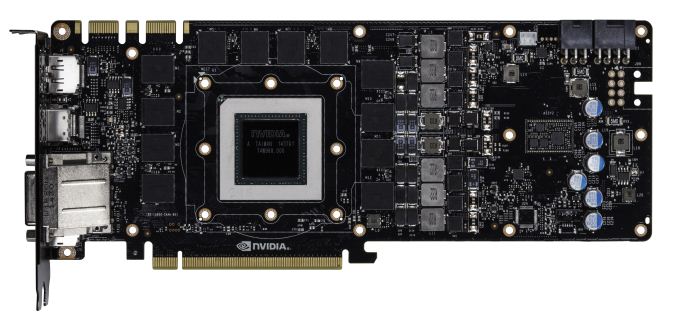

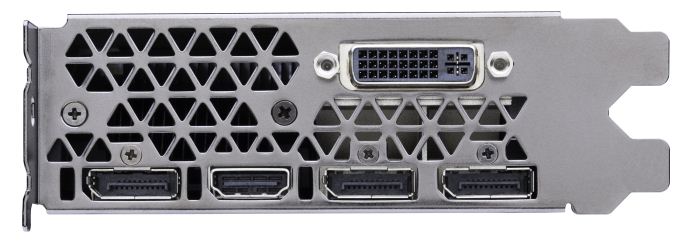








290 Comments
View All Comments
douglord - Monday, June 1, 2015 - link
I need to know if the 980ti can output 10-bit color correctly? Is it ready for UHD Blueray?dragonsqrrl - Monday, June 1, 2015 - link
To my knowledge only Quadro's and Firepro's output 10 bit color depth.johnpombrio - Monday, June 1, 2015 - link
Any card that can do true RGB color schemes are NOT MEANT for normal users. It brings a lot of drawbacks for games and normal tasks. These type of cards are for graphics professionals only. Google it to see why.mapesdhs - Wednesday, June 3, 2015 - link
Indeed, the way colourspaces interact with different types of monitor can result in some nasty issues for accurate colour presentation. For home users, it's really not suitable since so many normal apps & games aren't written to utilise such modes correctly. Besides, I doubt any 4K TVs could properly resolve 10bis/channel anyway. Funny though that people are still asking about 10bit colour when pro users were already using 12bit more than 20 years ago. :D Also 16bit greyscale for medical/GIS/etc.johnpombrio - Monday, June 1, 2015 - link
Yikes! That overclock ability! I always buy EVGA's superclocked NVidia cards as they as super stable and have great benchmarks (as well as playing games well, heh). I might buy into this even tho I have a GTX980.As for AMD, NVidia has 76% of the discrete GPU graphics card market (and still rising) while AMD has lost 12% market share in the last 12 months alone. Whatever AMD has up for new products, it better hurry and be a LOT better than NVidia cards. AMD has tried the " rebadge existing GPU family cards, reduce its price, and bundle games" for too long and IT IS NOT WORKING. C'mon AMD, get back into the fight.
mapesdhs - Wednesday, June 3, 2015 - link
True, I kept finding EVGA's cards work really well. The ACX2 980 (1266MHz) is particularly good.Nfarce - Monday, June 1, 2015 - link
Well I recently upgraded with a second 970 for SLI for 1440p gaming and have them overclocked to 980 performance. It's roughly 15% faster than this single card solution for $700 vs. $650 (7.5% increase in cost). But one thing is for certain: we are still a long time away from realistic 4K gaming with a G-sync 120Hz monitor when those come out. I would much prefer 1440p gaming with max quality and high AA settings and faster FPS matched to screen Hz than detuned 4K settings (even if AA is less meaningful at 2160p).By the way: are you guys ever going to add Project Cars to your benchmarks? It has rapidly become THE racer to own. Grid Autosport is not really a good benchmark these days because it's just a rehash of the Grid 2 engine (EGO 3.0)...easy on GPUs. Many, including me, haven't touched Autosport since PCars was released and may never touch it again.
mapesdhs - Wednesday, June 3, 2015 - link
Project Cards is one game that runs badly in CF atm (driver issues), which would make the 295x2 look horrible. Might be better to wait until AMD has fixed the issue first.agentbb007 - Monday, June 1, 2015 - link
A GTX Titan X for $649, DOH BART! Oh well I've enjoyed my SLI Titan X's for a few months so I guess that was worth the $700 premium. I keep falling for nVidia's Titan brand gimmick, I also bought the original Titan luckily just 1 of them and ended up selling it for about half what I paid.Lesson learned, AGAIN, don't buy the Titan brand wait for the regular GTX version instead.
mapesdhs - Tuesday, March 12, 2019 - link
2019 calling! I wonder if he bought the 2080 Ti or RTX Titan... :}